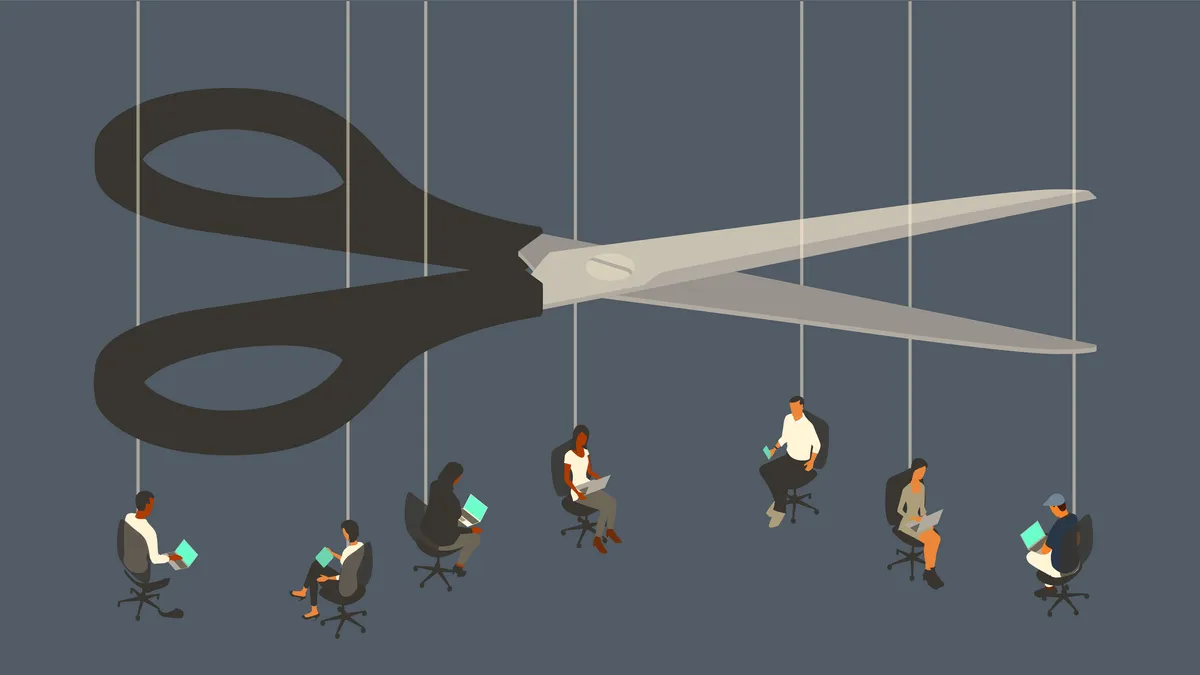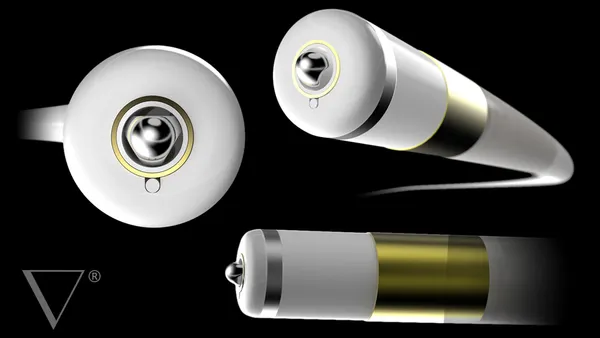Dive Brief:
- Vivani Medical said Wednesday it plans to spin off its neurostimulation business to form an independent, publicly traded company.
- Formerly Second Sight Medical Products, the independent company will trade as Cortigent and advance brain implants to help people recover body functions such as vision and movement.
- Vivani, which is focused on GLP-1 implants, acquired the neurostimulation technology through a merger in 2022 and first filed paperwork to list Cortigent as an independent company in 2023.
Dive Insight:
Second Sight received a humanitarian device exemption for its Argus II vision implant in 2013 and went public the next year. Hundreds of patients received the implant, which sends the output of a camera to retinal cells, but sales fell short of expectations. Second Sight stopped production and marketing in 2019 because of “commercial considerations.”
The company laid off most of its employees in March and April 2020, citing COVID-19 and an inability to raise money, and made additional cuts in October 2023 to further reduce operating expenses, according to a December securities filing.
In February 2022, IEEE Spectrum reported how Second Sight’s layoffs and business struggles left patients with defective or obsolete implanted devices, or left patients who had working implants without support and future upgrades to the software.
Cortigent had seven employees as of the most recent update to its financial paperwork in December. The company has acknowledged that the initial layoffs made it harder to support existing users and implant centers.
Nano Precision Medical merged with Second Sight in 2022. The deal made NPM the dominant partner. NPM’s shareholders owned 77% of the combined company and its weight-loss implants became the focus of the business.
Vivani, the name taken by the combined company, filed to list Second Sight as an independent business in 2023. In a period when few medtech companies pulled off initial public offerings, the listing was never completed. Vivani said its revised strategy will allow its shareholders “to directly participate in Cortigent’s future.” The company expects to complete the spinoff in the third quarter of 2025.
Cortigent’s development pipeline will include the Orion Cortical Visual Prothesis System and technology for helping patients to recover arm and hand motion after stroke. Orion, a treatment for blindness caused by glaucoma and other conditions, completed a six-year feasibility study last year. Three of the six patients who received the implant asked to have the device removed, according to the 2023 securities filings, and one patient had a seizure.
The company began designing a stroke system in 2022 and studied a device in a cadaver the next year, Cortigent said in the December 2024 filing.
The National Institutes of Health rejected a request for grant funding for the stroke system in 2023. Cortigent was planning to reapply early this year, according to the filing. The company applied for breakthrough designation in 2023, but the Food and Drug Administration said it would need to see clinical data before making a determination.












